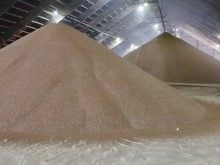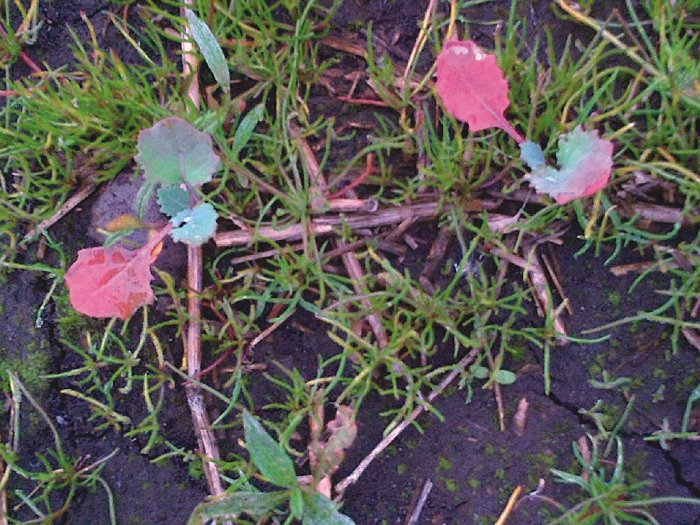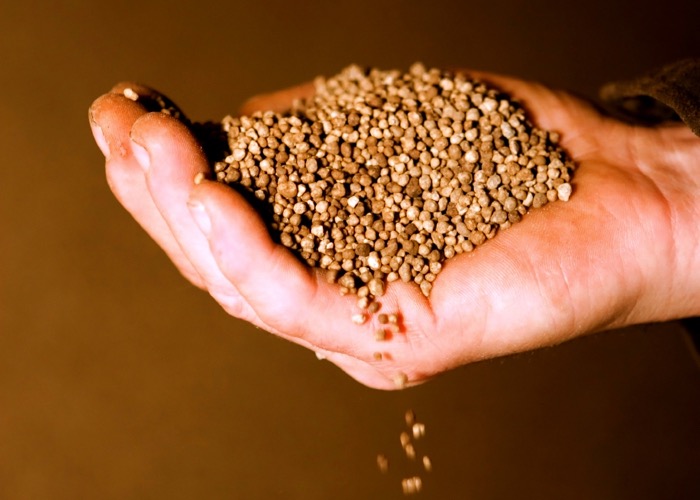He wasn’t around for the Green Revolution, but Dr. Krzysztof Szczyglowski is doing his part to expedite a Greener Revolution.
Better crop varieties and high inputs of chemical fertilizers were key tenets of the Green Revolution of the 1960’s and 70’s and the results were impressive. Huge quantities of food were produced and millions of lives were saved all over the world. In 1970, Norman E. Borlaug, an American plant pathologist won the Nobel Peace Prize for starting the “Green Revolution.”
But there was a price to pay. High inputs of nitrogen and phosphorous fertilizers lead to nutrient enrichment of the environment. “A certain proportion — roughly 50 per cent of nitrogen or phosphate will be uptaken by our crop plants but the rest will constitute the contamination either of water or air… The environment is unable to deal with that. What it creates basically is a negative impact,” says Szczyglowski.
Read Also

Claas brings 1000 Series SP forage harvesters to Canada
In mid-August, Claas unveiled its new line of Jaguar forage harvesters at an event in Visalia, California, deep in the heart of that state’s dairy region.
On bodies of water this excess of nitrogen phosphate creates algae blooms and toxic water that cannot properly sustain life. It’s responsible for dead zones in oceans. The amount of fossil fuel required to produce nitrogen fertilizers is another concern. But the planet’s need for food continues to increase.
“The problem is we need to maintain the productivity because we need to produce food… One way would be to increase fertilizers. But the bottom line is we cannot continue to increase the fertilization of our soil or even maintain it on this current level because of the impact on the environment,” says Szczyglowski.
In laboratories around the world scientists are working on a solution to the dilemma. One project funded by the Bill and Melinda Gates Foundation donated 10 million dollars to a research project to investigate whether it is possible to initiate a symbiosis between cereal crops and bacteria that would help cereals access nitrogen from the air as legumes do. Other scientists are looking for a protocol that would prevent the nitrogen in fertilizers from leeching into the environment, allowing plants to use more of it for their growth.
From his lab, Szczyglowski says, “We are not trying to invent anything. We are just looking at what nature has already invented. And nature has invented legumes: peas, soy etc. Legumes learned about 60 million years ago how to have a conversation with a very friendly soil bacteria, rhizobium, which is present in all types of soil. They have the ability to uptake atmospheric nitrogen — the atmosphere is about 78 per cent nitrogen — and reduce nitrogen to the chemical form which can be used by the host plant. Other plants can’t do that.”
- More from the Grainews website: The bean genome
Legumes build what Szczglowski calls housing apartments for the rhizobium bacteria, root nodules that allow that beneficial bacteria to go inside the root. Once there they will take the atmospheric nitrogen and reduce it to nitrogen fertilizer which can be used by the host plant. It’s an effective process of fertilization without industrial fertilizer.
“And this is the main preoccupation of my lab, exactly what we are doing; we are trying to generate knowledge, basic understanding of why legumes are able to do this and other plants, our main cereal crops like corn or wheat, why those plants are unable to do so.”
Initially it was thought that legumes possessed characteristics unique to them, enabling them to communicate with the nitrogen-fixing bacteria. But it turns out those same genetic components are present in other crop plants and used by those plants to speak to another microorganism — mycorrhizal fungi which delivers phosphate to plants.
In 2007 Szczyglowski showed that activation of a single gene in legumes can lead to formation of nodular structure which regulates the building of the housing apartments. That gene is also present in plants such as corn or wheat. “We want to tweak it so it will do the same thing in corn or wheat as it is doing in alfalfa or other legumes,” he says.
When that happens it will mean that the use of chemical fertilizers could be significantly reduced while crops continue to thrive, beginning a greener revolution.
How soon might that be? Scientists are optimistic that it could be within our lifetime, says Szczyglowski. “Lifetime may mean a breakthrough could come within the next month, or within the next 20 years.”















